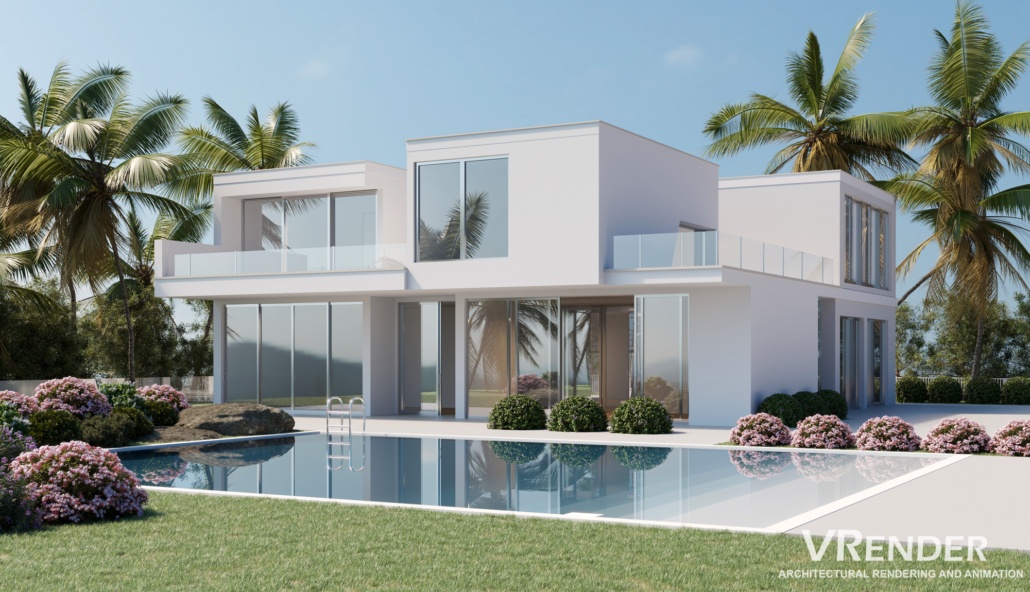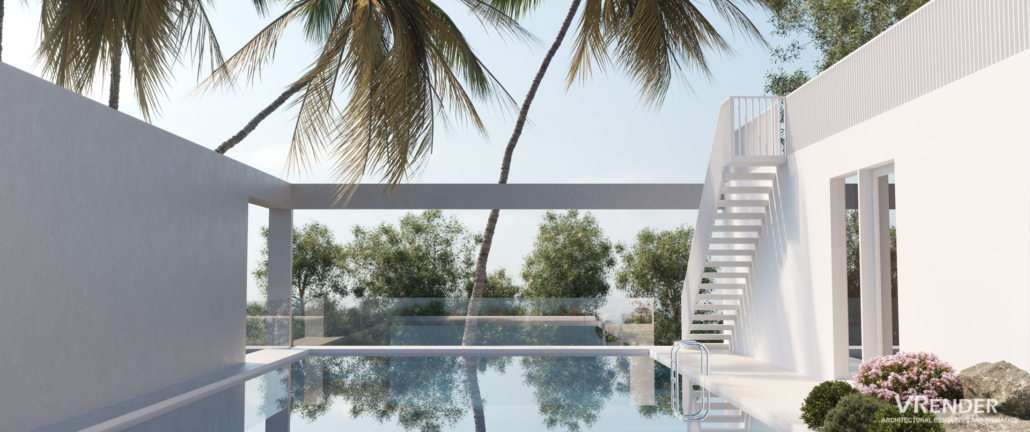This period of incredible technical progress offers every profession something. Information Technology has provided a wealth of valuable tools for real estate, architectural, and interior design in particular. Now you may sit down and buy a property miles away in the comfort of your own home. You don’t have to go to the site; simply take a 3D stroll of the property or home. With a 3D animation in its entirety, architects and interior designers can showcase their creations.
What is a 3D Walk-through?
A 3D walk-through is a process of virtual touring any structure from anywhere in the world via internet connectivity.
You can virtually visit your design ideas before implementing them if you consider a property purchase, a design for your home, office, or anything. Trust us if we say it saves a lot of money and time.
For example, if you want to buy a home during the pandemic, the property rates are much lower, but you don’t want to leave home security and convenience to go into an open house with others swarming around. The best alternative is a 3D walk-through because it saves you both energy and time with the additional advantage of not having to mix up with a crowd.
The realtors upload a virtual tour of the property, allowing you to have a lived-in experience of the property: checking the house from room to room and investigating every detail that matters to you. You could revisit the spaces as many times as you are comfortable with until you decide to make a purchase or not.
Now, you’re bound to question what type of software you can use to do a 3D walk-through?
Well, several software applications offer the services of a 3D walk-through to enhance your architectural creativity. Architectural animation is popular with BIM applications like ArchiCAD and Revit. In addition, Sketchup and 3Ds Max have offered 3D interior rendering tools, which are becoming popular. The animation process may be completed by using Lumion or Twinmotion for the final render.
Advantages of the 3D walkthrough:
The benefits of using 3D walk-through are numerous, especially as it concerns real estate, architecture, and design. Let’s delve into those advantages:
1. It saves money and time
The development of architectural and interior designs is susceptible to the inclination of individuals. The establishment of a 3D walk saves both the interior designer and the owner or town manager time and money. Designers may generate 3D architectural visualization and interior access for customers using this all-powerful application.
You may then pick any areas you wish to modify to consume money and supplies at a minimum. The project is completed considerably faster because 3D architecture rendering analyzes and verifies the designs to eliminate the causes for rework.
2. It allows for ease of communication between designer and client:
The 3D design tools are perfect for customers and designers to connect and relate on the same page. Before you implement anything, both parties may pitch their thoughts and make relevant revisions. The 3D walk-through includes features for zooming and criticizing every detail and aspect of the ground plan to allow customers to make certain modifications as they deem necessary.
3. Eliminates guesswork for the clients.
Suppose an architect or designer tries to present his ideas on a 2D platform. In that case, the customers may not fully understand the design concept, and they have to engage their imagination to picture the design in real life. But a 3D tour shows the design concepts in a 3D format so that customers can view the actual products rather than guess what they are.
Steps for creating a 3D walk-through:
1. Path outline
In creating a 3D Walk-through, the first and maybe most crucial stage is to set the paths. These are the path points that you may click to move through the different architectural views during a walk-through. You need to start from a 2D graphic by defining the walk-through points with probable horizontal and vertical motions at a reasonable interval. You can begin with a particular spot and follow a well-defined path with walk-through points.
2. Set the camera configuration
This is another very significant component of 3D animation. To eliminate any bumping throughout the journey, the focal length and frame rate must be carefully established. In addition, the time parameter should be adjusted carefully for each frame. You see, it must be easy and realistic to stroll through. If the camera setups are not set appropriately, the results will not be of the high quality required for the architectural animation. This isn’t how you want to communicate with customers. Here, accuracy is crucial.
3. Maintain Vertical Movements Provisions
In a 3D architecture animation, vertical motions may be rather difficult. For one thing, if further levels are to be considered, it is a necessary implementation. The height to which the vertical movement function is applicable must be defined. When creating stairs, these aspects must be given specific consideration for an architectural design of excellent quality.
4. Integration and participation
For the real estate business, this is an essential step. You should explore integration and uploading your 3D walk-through animations if you are a developer working on real estate projects. This is useful to attract customers who do not want to travel, especially during a pandemic, until they are entirely sure of it. It contributes to the creation of genuine leads for your property ventures. Potential customers will examine the animation to see how much their interest is in the property.
Conclusion:
To conclude, 3D walkthrough animation is a beneficial design service that helps you create a fantastic 3D animation of your ideas.
VRender offers both the customer and the designer an exceptionally smooth experience. Customers may express their concerns about the design at an early stage to avoid future errors. With this strategy, everybody is delighted.





